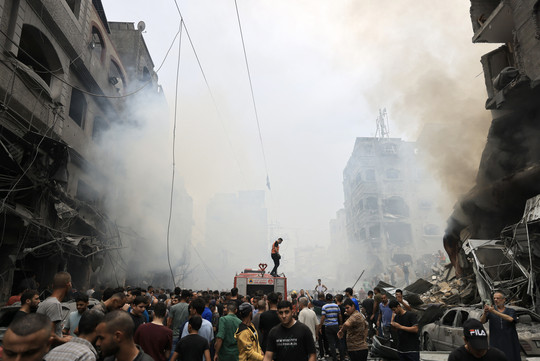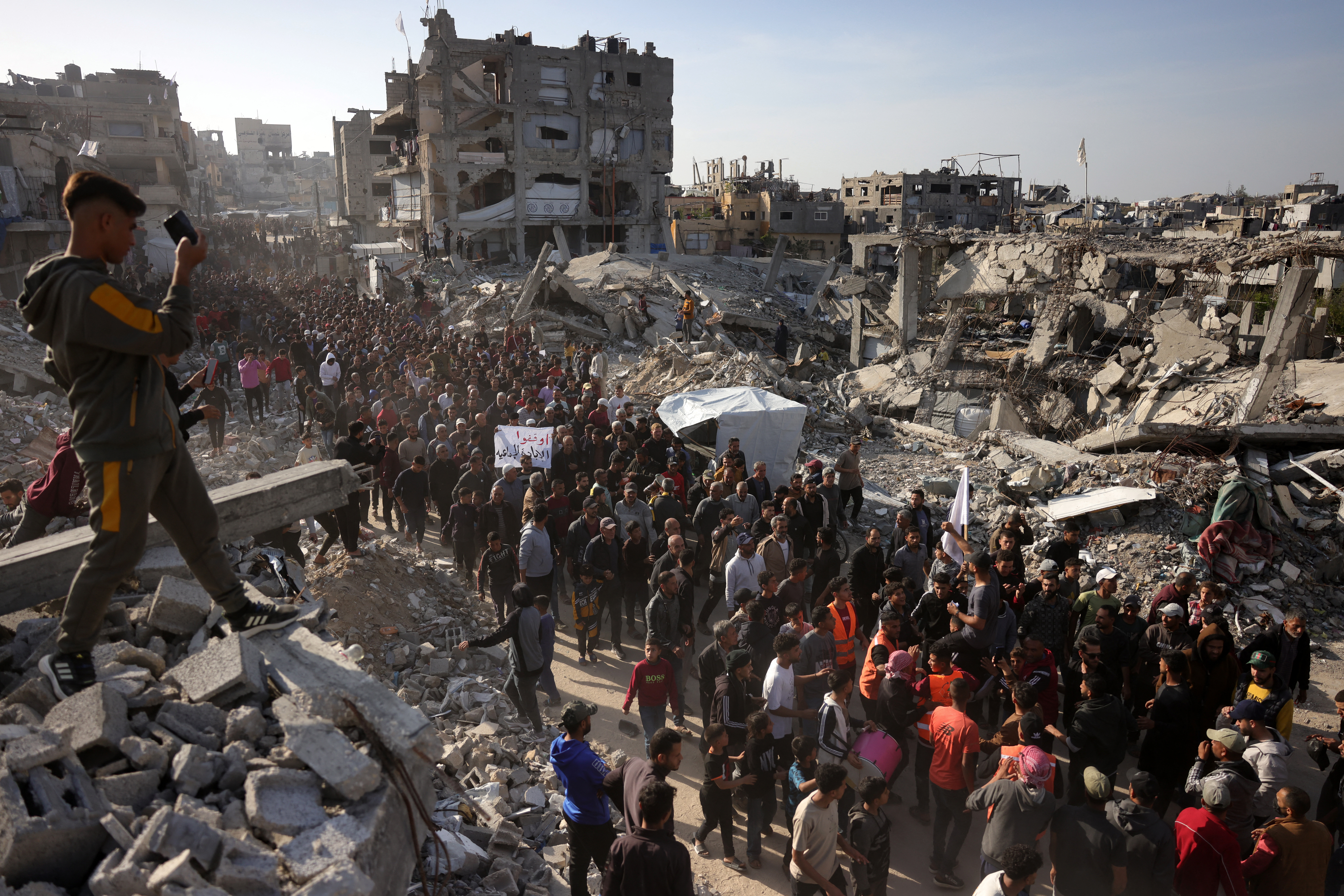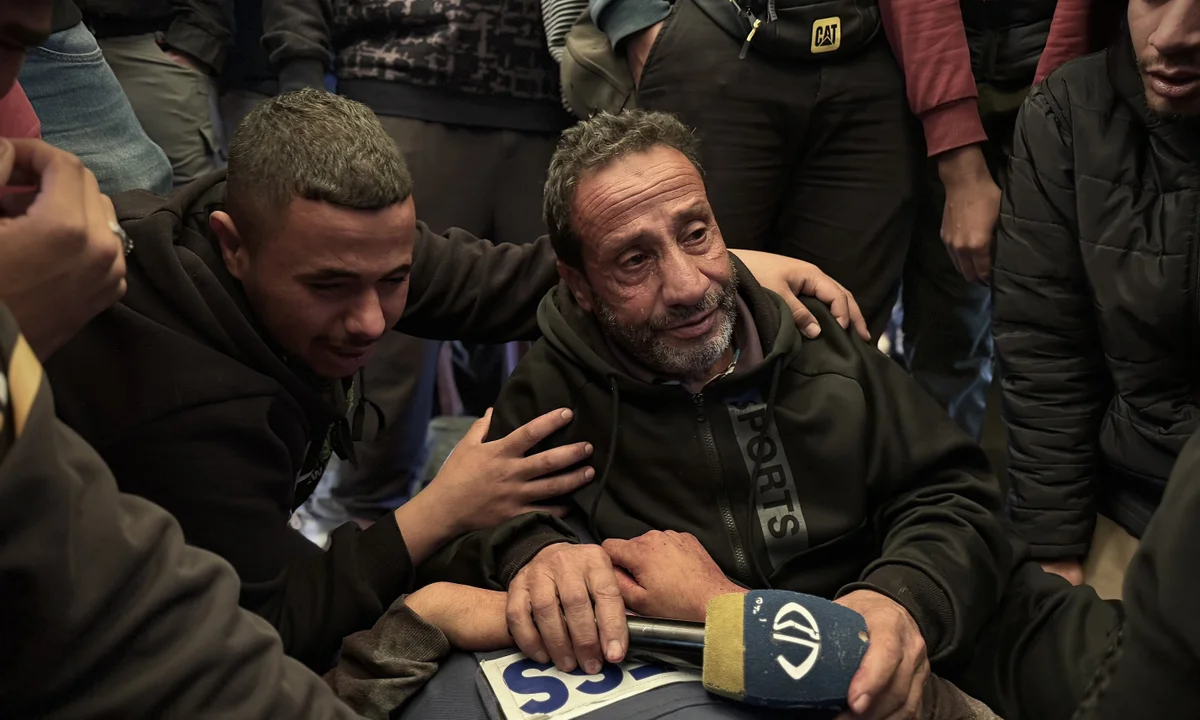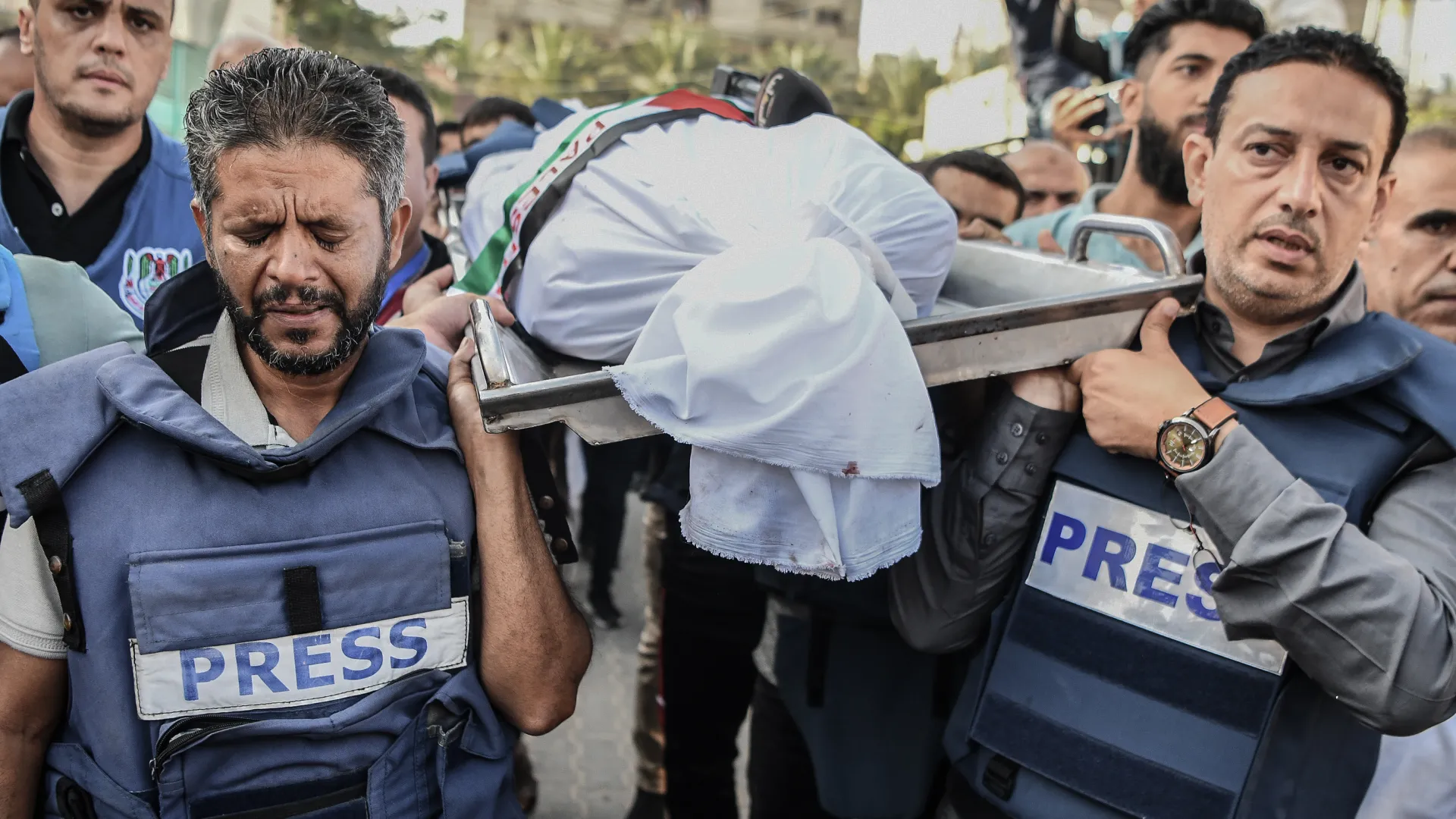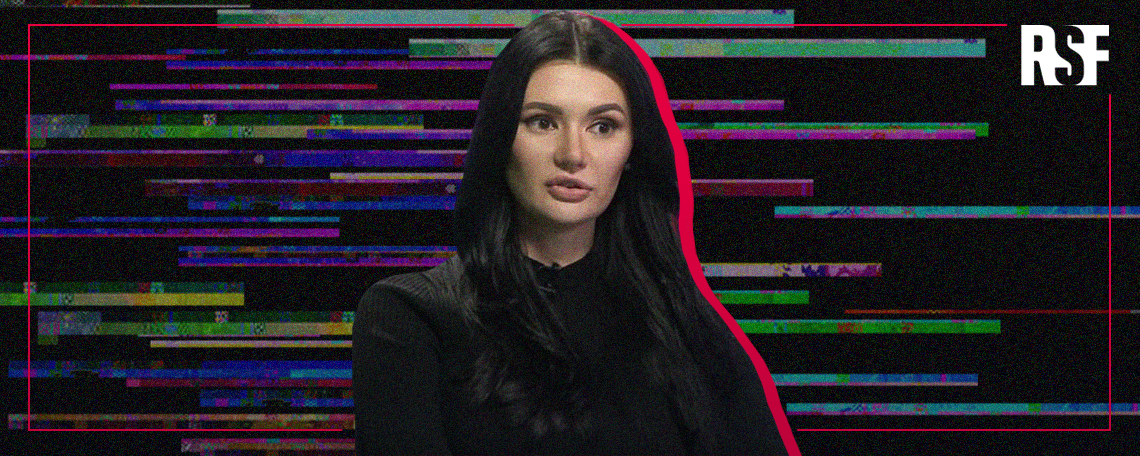
Diana Panchenko: From Ukrainian Journalist to Kremlin Propagandist
September 30, 2024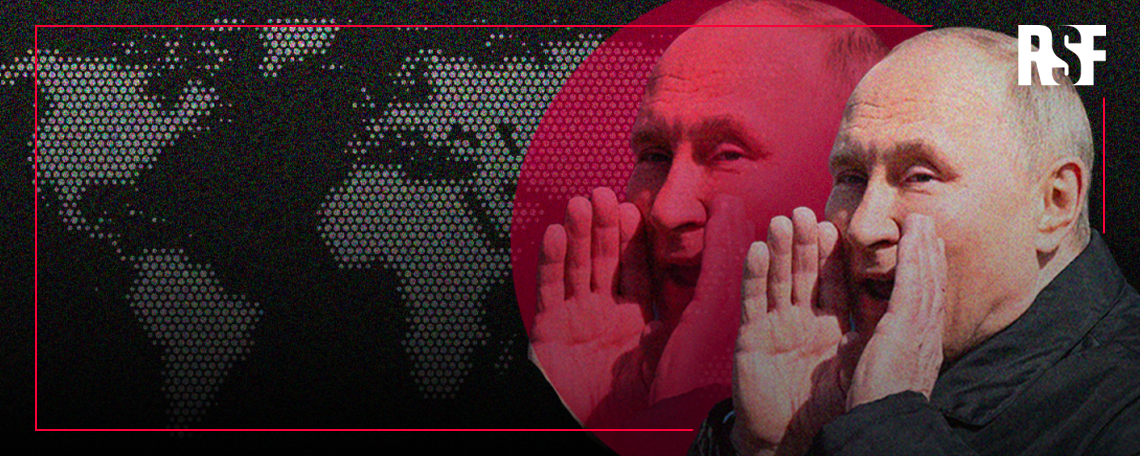
RSF Unveils Propaganda Monitor to Expose Global Disinformation Networks
September 30, 2024September 30, 2024 – Palestine –
The Israel-Gaza conflict has become the deadliest war for journalists in modern history, with at least 128 media workers killed between October 7, 2023, and October 2024. According to a joint report from The NewsGuild and the Committee to Protect Journalists (CPJ), the majority of the victims—123—were Palestinian, alongside four Israeli journalists and one Lebanese. This staggering toll has shattered all previous records since CPJ began documenting journalist fatalities in 1992.
Many of the journalists killed were not caught in crossfire but were deliberately targeted. CPJ has confirmed that at least five journalists—four in Gaza and one in Lebanon—were intentionally killed by Israeli forces. Three were wearing marked press gear at the time of their deaths, raising serious concerns over violations of international humanitarian law. These deaths are part of a broader pattern of media suppression, with press infrastructure and communications hubs being repeatedly bombed, often without warning.
The toll has continued to rise into 2025. CPJ documented 178 journalist deaths as of June 12, 2025, including 176 Palestinians and two Israelis. The International Federation of Journalists (IFJ) recorded 174 journalist fatalities by June 5, while the Palestinian Journalists’ Syndicate (PJS) reported 217 deaths by July. These numbers reflect not only direct killings but also the devastating effects of repeated strikes on media offices and press convoys.
The international response has been one of growing alarm. CPJ, IFJ, Reporters Without Borders (RSF), and numerous other press freedom organizations have condemned what they describe as a systematic attack on journalism. They are demanding independent investigations, accountability for those responsible, and immediate efforts to safeguard journalists still working in war zones.
The scale of these killings represents more than a humanitarian crisis—it marks a profound assault on the freedom of the press. With Gaza’s media landscape in ruins and international access severely restricted, the global community faces a pivotal moment: to either act decisively in defense of journalism or risk allowing impunity to prevail amid one of the deadliest chapters in press history.
Reference –
At Least 128 Journalists and Media Workers Killed in Israel-Gaza War

